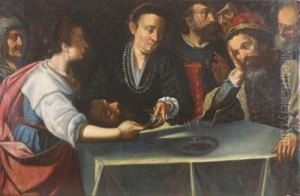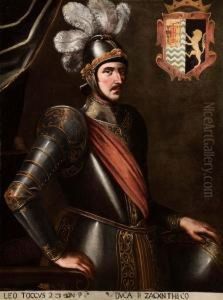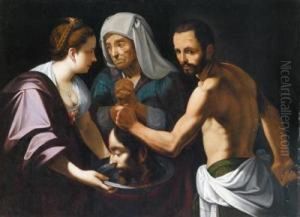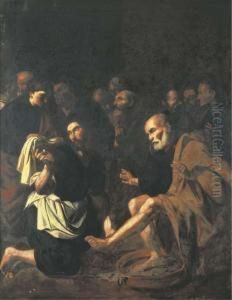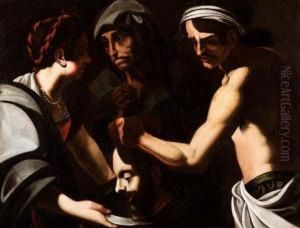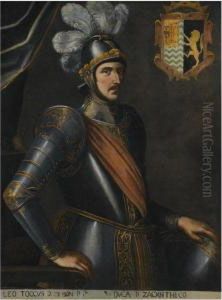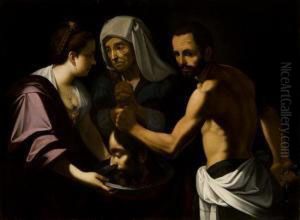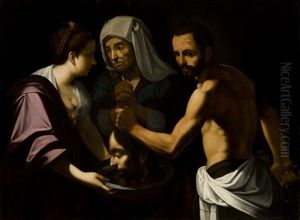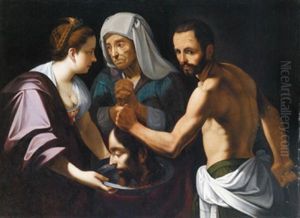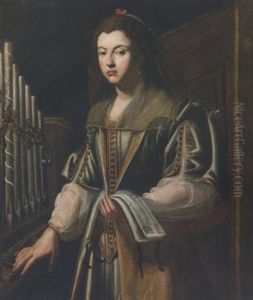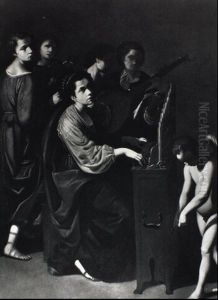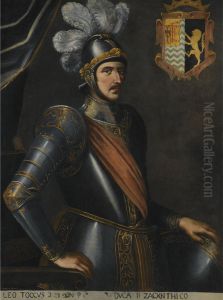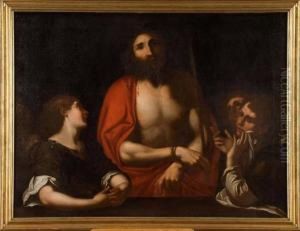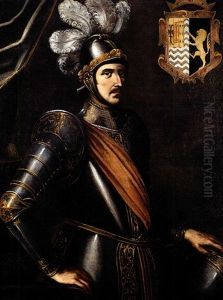Carlo Sellitto Paintings
Carlo Sellitto was a notable Italian painter born in 1581 in Naples, Italy. He emerged as a prominent figure in the early Baroque period, contributing significantly to the development of Neapolitan painting. Sellitto's work is characterized by its vivid realism, attention to detail, and the emotional depth of its subjects, making him a pivotal artist in the transition from the Renaissance to the Baroque era in Southern Italy.
Sellitto was apprenticed early on to the painter Ippolito Borghese and later worked closely with Giovanni Battista Caracciolo, one of the pioneers of Caravaggism in Naples. These influences are evident in Sellitto's adoption of Caravaggio's dramatic use of light and shadow, which he skillfully integrated with his own stylistic preferences to create works of intense emotional expression and visual impact.
Despite his relatively short life, Sellitto produced a significant body of work, including religious subjects, mythological scenes, and portraits. His paintings are noted for their dynamic compositions, sophisticated use of color, and the ability to convey complex psychological states through the figures he depicted. One of his most famous works is the 'Martyrdom of St. Bartholomew,' housed in the Certosa di San Martino, which showcases his mastery in rendering the human form under duress, a hallmark of Baroque art.
Sellitto's career was abruptly cut short when he died at the young age of 33 in 1614. Despite his premature death, his contributions to the Baroque movement in Naples were profound, influencing subsequent generations of artists in the region. Today, Carlo Sellitto is remembered as a key figure in the evolution of Italian Baroque painting, and his works continue to be studied and admired for their emotional intensity and technical prowess.
